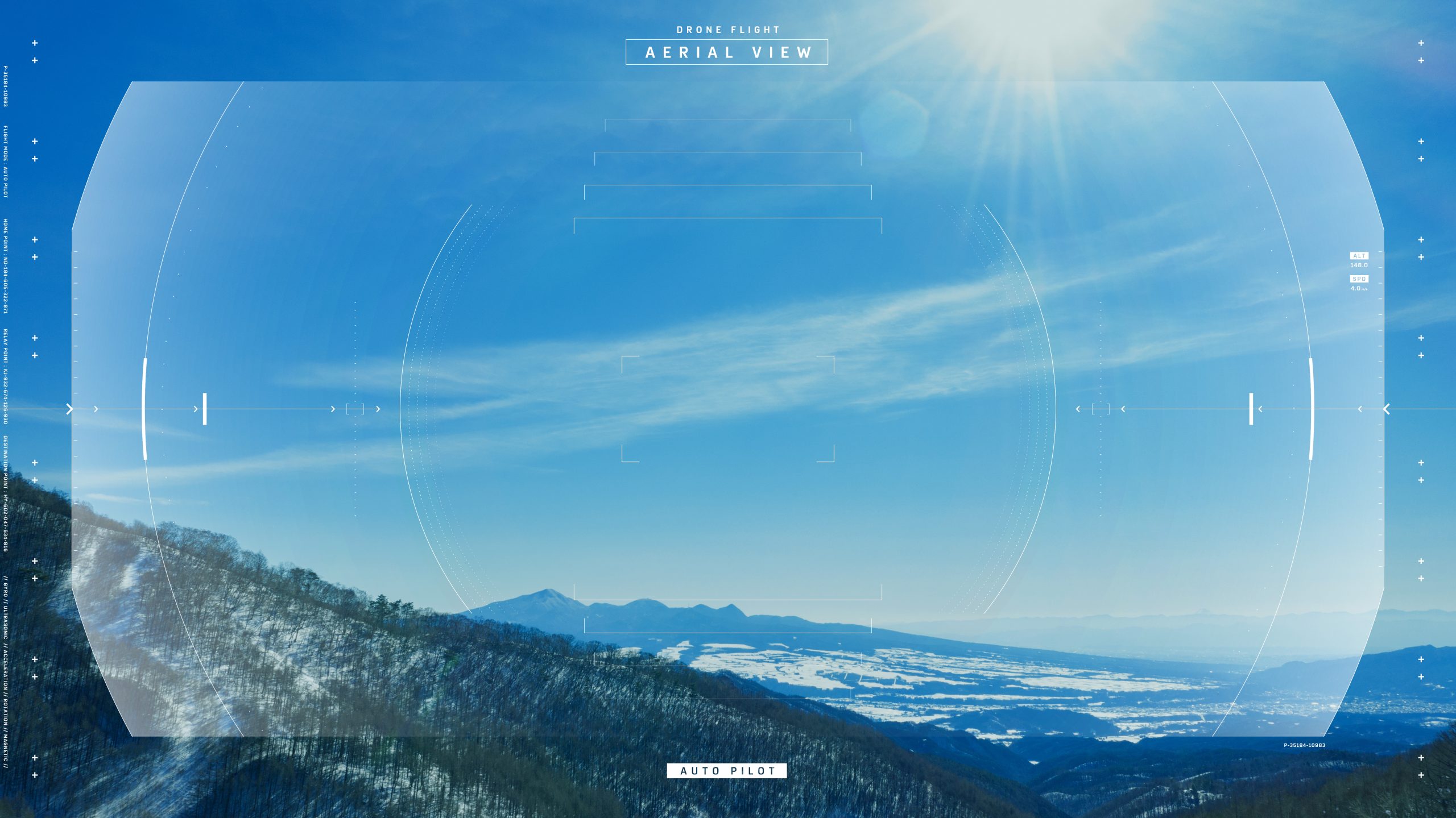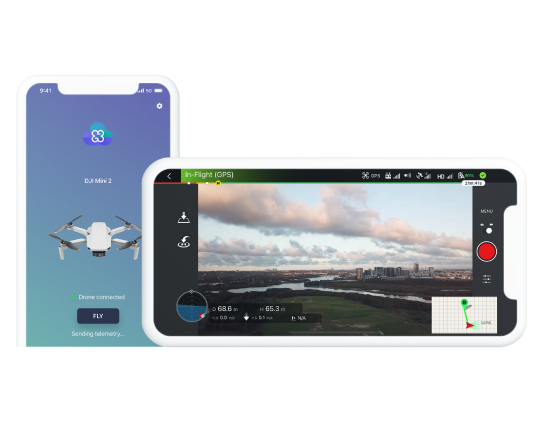Trying to understand the value of the global commercial drone market with a quick Google search is like trying to count sand on Australia’s Bondi Beach – nearly impossible. Depending on the source, by 2028 the projected global value of the market is estimated at anywhere between USD 30 billion and USD 54 billion.
Wild forecasts aside, one fact is clear – the drone sector is experiencing exponential growth. Many industries are rapidly expanding the use of drones across daily operations.
Blazing a trail, it’s the energy, construction and agriculture industries that top the list of early adopters. Businesses cite increased productivity and lower costs as their key drivers.
But what about the search and rescue industry? While cost is a pivotal factor, there are other more altruistic drivers at play. How is this industry applying drone technology and to what end?
Whether finding a single trekker lost in the wilderness or responding to a wide-reaching natural disaster affecting thousands, search and rescue teams are routinely forced to operate in hostile, remote and unstable environments.
Drone technology enables emergency personnel to not only respond to a crisis faster, but also minimise any obvious risk to their personal safety. In short, this technology saves lives. In fact to be precise, uncrewed drones have already saved at least 940 lives and counting.
Here are some examples of how autonomous vehicles have successfully assisted or are working to assist search and rescue operations.
Year: 2016
Location: Siglufjordur, Iceland
With the help of a DJI drone, two Slovenian tourists were rescued after losing their way trekking in northern Iceland. From two kilometres away and in fading light, a drone pilot used a UAV and attached sensors to pinpoint the tourists’ location (at an altitude of 370 metres) and identify the fastest route back to safety. Every year across Iceland, there are 60 to 80 similar operations executed.
Year: 2022
Location: Hangzhou, China
DeepRobotics simulated a search and rescue mission using five Jueying x20 quadruped robots to locate and identify multiple threats and targets. With the help of omnidirectional cameras fitted to each robot, operators remotely monitored in first person view each robot’s progress in real time. Working as a coordinated team, the robots avoided all obstacles, shared data on identified threats and successfully located all targets. Potentially in the near future, uncrewed ground vehicles like these will enable first responders to remotely save lives without jeopardising their own safety.
Year: 2019
Location: Mekong River, South East Asia
China, Myanmar, Laos and Thailand conducted a joint law enforcement exercise on the Mekong River using a Dolphin 1 remote controlled lifebuoy and SL40 unmanned surface vehicle to retrieve contraband from the riverbed as well as locate and identify a suspect. During the lengthy salvage operation, a diver used the lifebuoy for relief in between dives while the USV, fitted with an optoelectronic sensor, was used to collect critical information to identify and apprehend the suspect.
‘Uncrewed drones have already saved at least 940 lives’
Year: 2022 – 2023
Location: Washington, USA
The Science and Technology Directorate is developing a program to minimise dangers faced by search and rescue teams while out in the field. The Pegasus Transformable Air-Ground Robotic System is a UAV (capable of flying and moving along the ground) carried by a larger mobile UGV base and landing platform. In response to a hazardous event, the UAV will be able to transport communication equipment and basic medical supplies to a casualty – all before a risk assessment is even complete. Doubling as a moving stretcher, the UGV will bear the weight of carrying casualties out of dangerous terrain. To simplify the evacuation further, the UGV can be programmed to follow a hands-free tracking device worn by a first responder. This system will help to locate victims, assess potential threats, provide critical medical aid and evacuate casualties all while enabling rescuers to conserve energy, stay in the field longer and remove themselves out of harm’s way. The first prototypes are due mid-2023.
Over the next five to ten years, drone technology will undoubtedly impact almost every sector of the global economy. Across many industries, the motivation to adopt drones is to save costs. Across search and rescue, it’s inspiring (and comforting) to know it’s to save lives.
Read how Surf Life Saving Queensland use Cloud Ground Control to patrol Queensland’s coast.
For more information on Cloud Ground Control, enquire now at info@cloudgroundcontrol.com.
Sources:
1 – https://au.finance.yahoo.com/news/global-commercial-drones-market-reach-130000478.html
2 – https://www.globenewswire.com/en/news-release/2022/10/11/2532136/0/en/Global-Commercial-Drone-Market-Size-to-Boom-5x-to-Touch-USD-54-2-Billion-by-2028-Blue
3 – https://enterprise.dji.com/drone-rescue-map/#map1670548720740
4 – https://youtu.be/yoB2wd2NLrE
5 – https://youtu.be/CNh8KziM_XA
6 – https://www.dhs.gov/science-and-technology/news/2022/06/09/feature-article-unmanned-vehicles-could-lead-dangerous-rescue-situations







Join the discussion 6 Comments